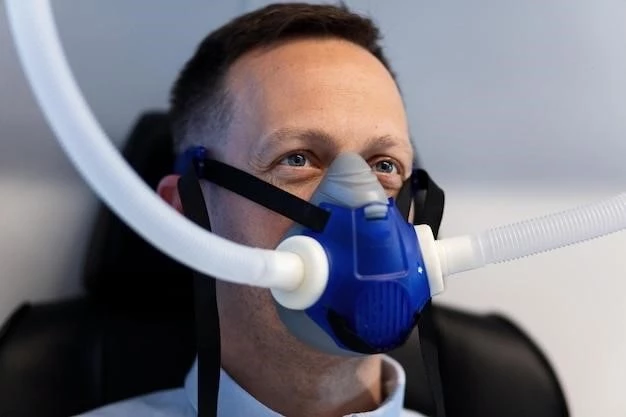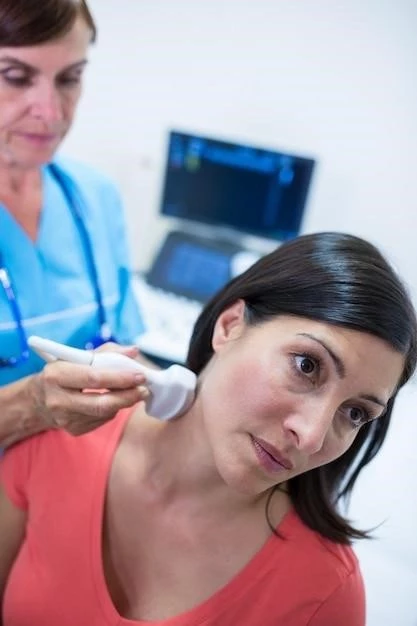Introduction
Microcephaly mesobrachyphalangy tracheoesophageal fistula syndrome is a rare condition characterized by distinct features such as small head, short fingers, and abnormalities in the opening between the trachea and esophagus.
Overview of the Disease⁚ Microcephaly mesobrachyphalangy tracheoesophageal fistula syndrome
The Microcephaly mesobrachyphalangy tracheoesophageal fistula syndrome is a rare condition characterized by a combination of specific features such as a small head, short fingers, and abnormalities in the trachea-esophagus opening.

Symptoms and Diagnosis
The symptoms of Microcephaly mesobrachyphalangy tracheoesophageal fistula syndrome include a small head, short fingers, and abnormalities in the trachea-esophagus opening. Diagnosis involves clinical evaluation and genetic testing.
Signs and Symptoms
Common signs and symptoms of Microcephaly mesobrachyphalangy tracheoesophageal fistula syndrome include a small head, short fingers, and abnormalities in the trachea-esophagus opening. Other indicators may encompass short eye slits, narrow eye slits, a broad nose bridge, anteverted nostrils, ear abnormalities, a small jaw, and, in some cases, mental retardation.
Diagnosing Microcephaly mesobrachyphalangy tracheoesophageal fistula syndrome typically involves a thorough clinical evaluation, assessment of physical symptoms such as a small head and short fingers, and genetic testing for associated mutations. Imaging studies, such as X-rays or CT scans, may also be utilized to detect any abnormalities in the trachea-esophagus region. A multidisciplinary approach involving geneticists, pediatricians, and other specialists is often employed to confirm the diagnosis.
Diagnostic Methods
Diagnosis of Microcephaly mesobrachyphalangy tracheoesophageal fistula syndrome is typically based on a thorough clinical evaluation, assessment of physical symptoms like a small head and short fingers, and genetic testing for associated mutations. Imaging studies such as X-rays or CT scans may also be used to identify any abnormalities in the trachea-esophagus region. A multidisciplinary approach involving geneticists, pediatricians, and other specialists is often required to confirm the diagnosis.
Microcephaly mesobrachyphalangy tracheoesophageal fistula syndrome can be associated with genetic mutations, such as those affecting the MIR17HG gene on chromosome 13q31.3. These mutations can lead to the unique combination of symptoms observed in individuals with this syndrome.
Associated Syndromes
Microcephaly mesobrachyphalangy tracheoesophageal fistula syndrome is linked to associated conditions such as Rett syndrome and Feingold syndrome. The unique combination of microcephaly, mesobrachyphalangy, and tracheoesophageal fistula in affected individuals may present overlapping features found in these related syndromes.
Treatment Options
Management of Microcephaly mesobrachyphalangy tracheoesophageal fistula syndrome typically involves a multidisciplinary approach for addressing the specific symptoms and complications associated with the condition. Therapeutic interventions may focus on addressing individual medical needs and providing necessary support.
Genetic Mutations
Microcephaly mesobrachyphalangy tracheoesophageal fistula syndrome can be associated with genetic mutations, particularly those affecting the MIR17HG gene on chromosome 13q31.3. These mutations contribute to the complex presentation of symptoms observed in individuals with this rare syndrome.
Therapeutic Approaches
Treatment for Microcephaly mesobrachyphalangy tracheoesophageal fistula syndrome involves a multidisciplinary approach focusing on managing individual symptoms and complications. Therapeutic interventions may include supportive care tailored to address the specific needs of each patient. Early intervention and ongoing medical management are crucial to optimize the quality of life for individuals with this rare syndrome.
Prognosis and Complications
The long-term outlook for individuals with Microcephaly mesobrachyphalangy tracheoesophageal fistula syndrome varies depending on the severity of symptoms and the presence of associated complications. Potential complications may include respiratory issues, feeding difficulties, and developmental delays. Close monitoring and comprehensive care are essential to address these challenges.
Long-Term Outlook
The long-term prognosis for individuals with Microcephaly mesobrachyphalangy tracheoesophageal fistula syndrome is variable, depending on the severity of symptoms and associated complications. Close monitoring and comprehensive care are essential to address potential challenges and optimize the quality of life for affected individuals.
Potential Complications
Potential complications associated with Microcephaly mesobrachyphalangy tracheoesophageal fistula syndrome include respiratory issues, feeding difficulties, choking risks, developmental delays, and the potential for mental retardation. Monitoring and managing these complications are essential for individuals with this condition.

Research and Studies
Ongoing research focuses on understanding the genetic mutations associated with Microcephaly mesobrachyphalangy tracheoesophageal fistula syndrome and exploring therapeutic approaches to manage the condition effectively. Recent studies aim to improve the long-term outcomes and quality of life for individuals affected by this rare syndrome.
Current Studies
Recent studies are focusing on further understanding the genetic mutations linked to Microcephaly mesobrachyphalangy tracheoesophageal fistula syndrome and exploring potential therapeutic strategies to effectively manage this complex condition. Researchers are working to improve the long-term outcomes and quality of life for individuals affected by this rare syndrome.
Recent Findings
Recent studies have identified a potential link between genetic mutations and the manifestation of Microcephaly mesobrachyphalangy tracheoesophageal fistula syndrome. These findings aim to enhance our understanding of the underlying genetic factors contributing to this rare syndrome and may pave the way for more targeted treatment approaches in the future.
